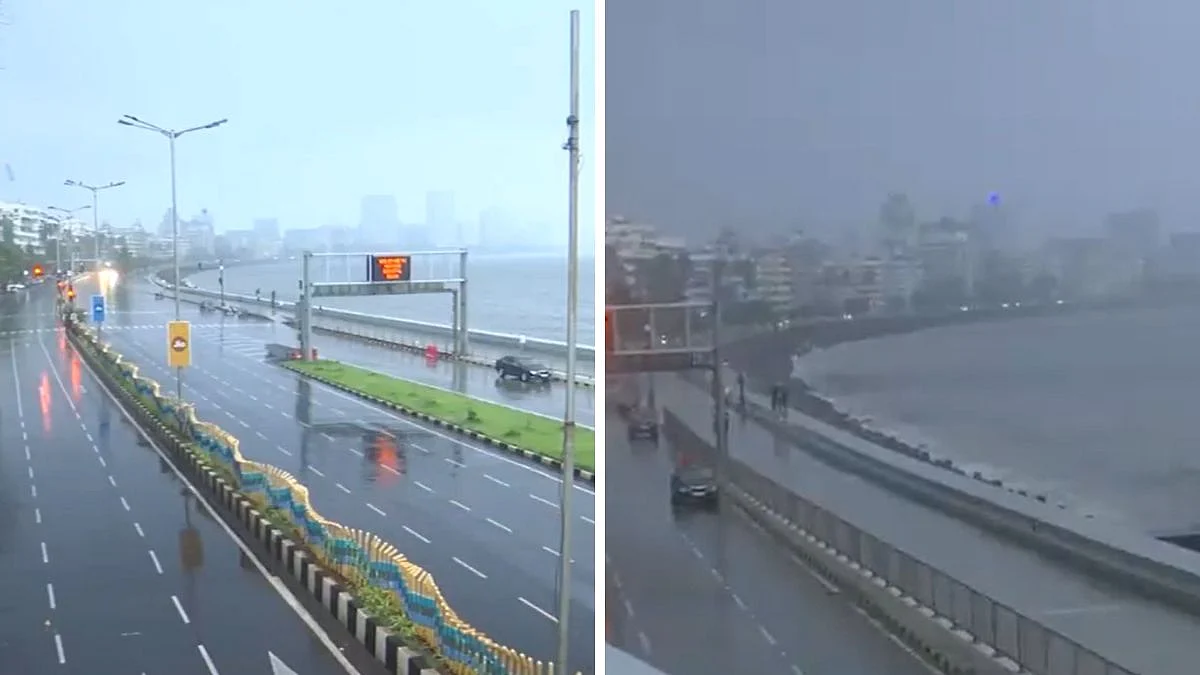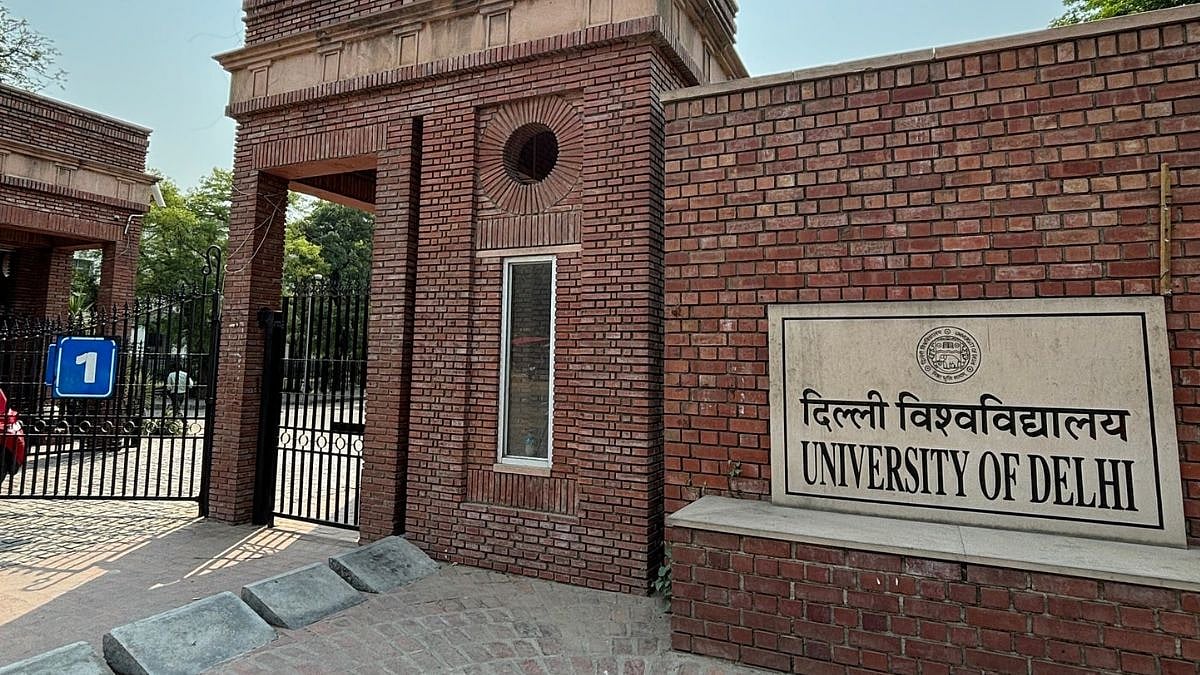New Delhi: Researchers at the National Institute of Technology (NIT), Rourkela have patented a low-cost technology developed by them to extract maximum power from solar panels under changing weather conditions, according to officials.
The innovation also responds quickly to changes in sunlight and temperature, allowing the system to consistently operate at peak efficiency and avoid any power fluctuations, they said.
Supported by the Department of Science and Technology (DST) under the Clean Energy Research Initiative (CERI), the research team has been granted a patent "Method And System For Voltage Sensor-based Maximum Power Point Tracking For Photovoltaic System".
According to Susovon Samanta, Associate Professor, of Electrical Engineering, NIT Rourkela, Solar panels produce electricity from sunlight, but the amount of power they generate changes throughout the day due to shifts in temperature and the intensity of sunlight.
To ensure they always produce the most energy possible, solar systems use a technique called Maximum Power Point Tracking (MPPT). This is a smart system that helps solar panels produce the most electricity possible by adjusting voltage and current based on sunlight and temperature changes. It consists of a microcontroller that runs the MPPT algorithm, sensors to measure voltage and current, and a DC-DC converter that regulates power flow.
Statement Of Associate Professor Of Electrical Engineering, NIT Rourkela
"The system continuously monitors the solar panel's output and makes minor adjustments to keep it operating at peak efficiency, ensuring minimal energy waste. Traditional MPPT methods can waste energy and respond slowly when weather conditions change. They also require expensive current sensors, making them less affordable for low-cost solar setups," Samanta said.
"To overcome these limitations, we have developed a voltage sensor-based MPPT method that eliminates the need for current sensors, reducing system complexity and cost. Our approach uses a simple voltage sensor or a resistor divider circuit to track the Maximum Power Point (MPP) more accurately while maintaining stable and efficient steady-state operation, leading to improved tracking efficiency and better PV energy harvesting," he added.
Samanta explained that their method prevents small power fluctuations that older techniques struggle with, ensuring stable and efficient power extraction.
"It also responds quickly to changes in sunlight and temperature, allowing the system to consistently operate at peak efficiency. Additionally, by using only a voltage sensor or a simple resistor divider circuit, it reduces system complexity and cost. Its adaptable design enables integration into various solar power setups, making it a versatile solution for a wide range of application," he said.

The researchers claimed that the innovation has broad applications in the renewable energy sector, including eliminating the need for costly current sensors, reduces costs and makes it a good fit for affordable and small-scale solar projects.
"The developed innovation can be used in solar-powered IoT devices such as weather sensors and remote communication towers, where maintaining reliable energy output is crucial.
"Affordable consumer solar products like home lighting systems and portable solar chargers, where cost and efficiency are key considerations and use in microgrid and off-grid energy solutions, providing a stable and reliable power source in remote or rural areas, are among other possible benefits of the innovation," Samanta said.
(Except for the headline, this article has not been edited by FPJ's editorial team and is auto-generated from an agency feed.)












